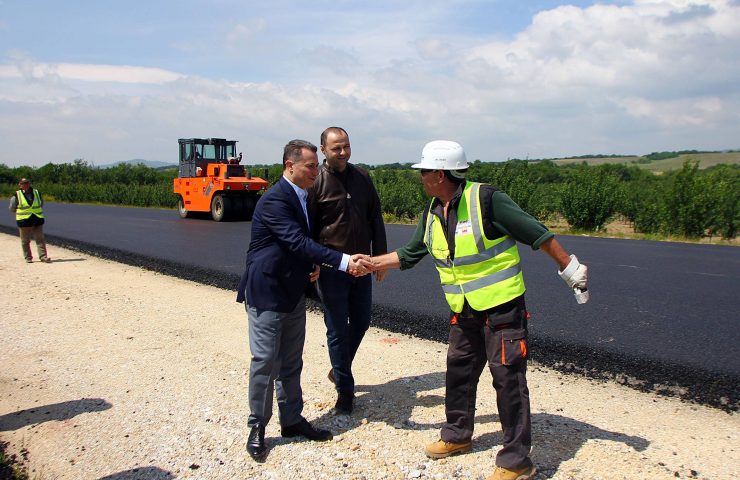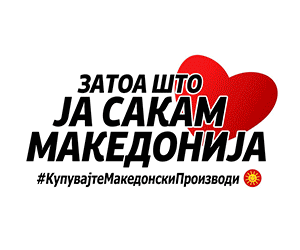After listing 10 major infrastructure and public work projects initiated and nearly completed by VMRO-DPMNE, which the Zaev Government is refusing to complete or use, we also present a dozen of facilities which are being built, but under with an impossibly long completion horizon. The main issue with the projects seems to be the fact that they were begun in the era of Nikola Gruevski.
1. Skopje Clinic Center
Easily the biggest among them is the proposed new complex of the Skopje Mother Teresa clinics. When SDSM took over the Government, work was about to begin on the large new addition to Macedonia’s main healthcare providing facility. The project was quickly scrapped, and it took more than a year for the Zaev Government to announce that it will be built at a different location, on Skopje’s western rim. The price tag went up five times, and work has not begun yet.
2. St. Clement University
The replica of the fabled university of St. Clement in Ohrid which overlooked the lake sitting at Plaosnik, was supposed to include a center for conservation of books and a scriptorium, adding to the significant draw of Macedonia’s main tourism center. A total of three workers are currently working on the site, guaranteeing that it will never be completed at this pace.
3. Ohrid’s closed swimming pool
Another sorely lacking feature of Ohrid is the promised closed swimming pool, which would allow the city which has given Macedonia its best swimmers a chance to continue producing top sportsmen and women. It’s construction is being delayed and the new, SDSM led local authorities, say they don’t want it to be finished because it would be costly to maintain.
4. Public hospital reconstruction
Under the VMRO led Government, major public hospitals across the country were being reconstructed, several at a time. Some, like the Kozle children’s hospital, were completely rebuilt. Such work is unheard of now, and the one on-going construction site, in Stip, is being finished at glacial pace. Zaev and his Healthcare Minister Venko Filipce all but gave up on the public healthcare system beyond Skopje, and are advancing the idea of selling off many of the hospitals.
5. Skopje’s panoramic wheel
SDSM insisted it will put an end to the Skopje 2014 urban renewal program, and one of the sites not complete at the time of their take-over, in 2017, is the large pedestrian bridge west of the Stone Bridge, that was supposed to house a panoramic wheel. SDSM appointed Mayor Petre Silegov said he will scrap the wheel but finish the bridge, in order to limit the disturbance caused by on-going construction work. And yet, a year and half with Silegov in office, the work site seems abandoned.
6. Officers’ Hall
Two large hotels planned at the main Macedonia square in Skopje were started off by private investors, one of them meant to replicate the Officers’ Hall which was destroyed in the 1963 earthquake and finished off by the Communist regime. But, SDSM’s negative approach to the neo-classical style of the Skopje 2014 project has scared off the investor and the two buildings remain unfinished, with devastating effect to the city skyline.
7. Monument to Mother Teresa
Another Skopje 2014 project was the planned monument and fountain dedicated to Mother Teresa, also on the main square, overlooking the site where the Christian saint was born. Bitterly opposed by the SDSM party, the unfinished concrete block obstructs access to the square and is a blight on the area instead of serving as one of the focal points of the coming papal visit.
8. Replacement of the Communist era facades
A dozen of downtown Skopje public buildings were in the process of being redone in 2017 – their concrete first, brutalist style facades, typical for the Communist era, replaced with the neo-classical or early 20 century city style. Scaffolding remains, and in places the employees using the buildings have been working in “bombed out” conditions for years. No plan has been put forward by the Government or Skopje city authorities to either complete the work, choose a different aesthetic style or restore the buildings to its previous drabness.




Comments are closed for this post.